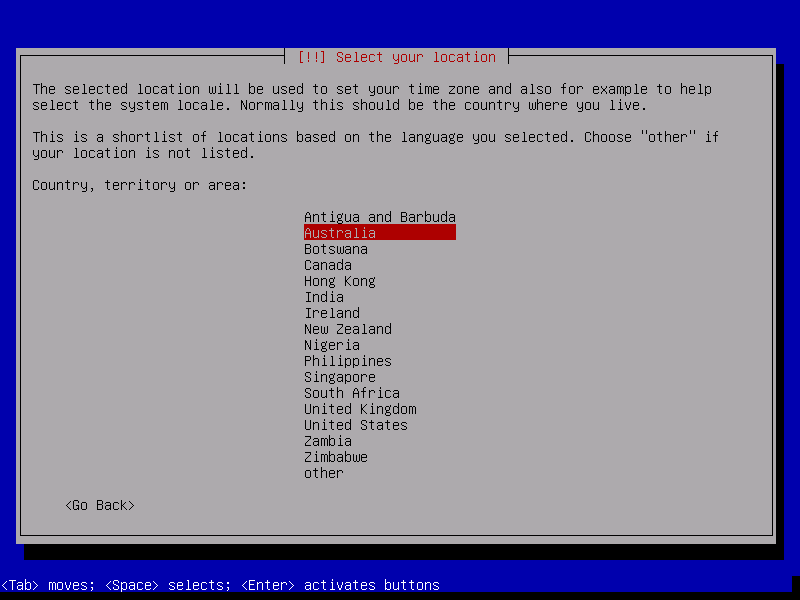

The default that's checked is a desktop system with GNOME and standard system utilities. Now you can configure what kind of system you want to install. You have the option of having your usage counted as part of the "popularity contest." Skip this if you want. Now the installer will configure the package manager. Since you don't have to use one, you can skip this step. The default US mirror is us., but there happens to be a mirror near us, "."Īfter that, the system will ask you to choose a proxy server. Again, choose the location that's closest to you. After that, it will ask you for any additional media. Now the installer will install the minimum base system. The installer will ask you to confirm it, as this can destroy any existing data on the disk, but since there isn't any on this image, we'll go ahead. In most cases, this partition is used as a physical volume for LVM so as to protect several partitions (LVM logical volumes) with the same encryption key, including the swap partition (see sidebar SECURITY Encrypted swap partition).On the next screen, accept the partition scheme with the main (root) partition and a swap partition.

Once this step has been completed, and you have returned to the partitioning tool menu, a new partition will be available in an “encrypted volume”, which you can then configure just like any other partition. The software will then propose to initialize the physical volume with random data (making the localization of the real data more difficult), and will ask you to enter an “encryption passphrase”, which you will have to enter every time you boot your computer in order to access the content of the encrypted partition.

After partitioning the disk containing the physical volume to be made, choose “Configure encrypted volumes”. To do so, select a partition and indicate that it is to be used as a “physical volume for encryption”. To create an encrypted partition, you must first assign an available partition for this purpose.


 0 kommentar(er)
0 kommentar(er)
